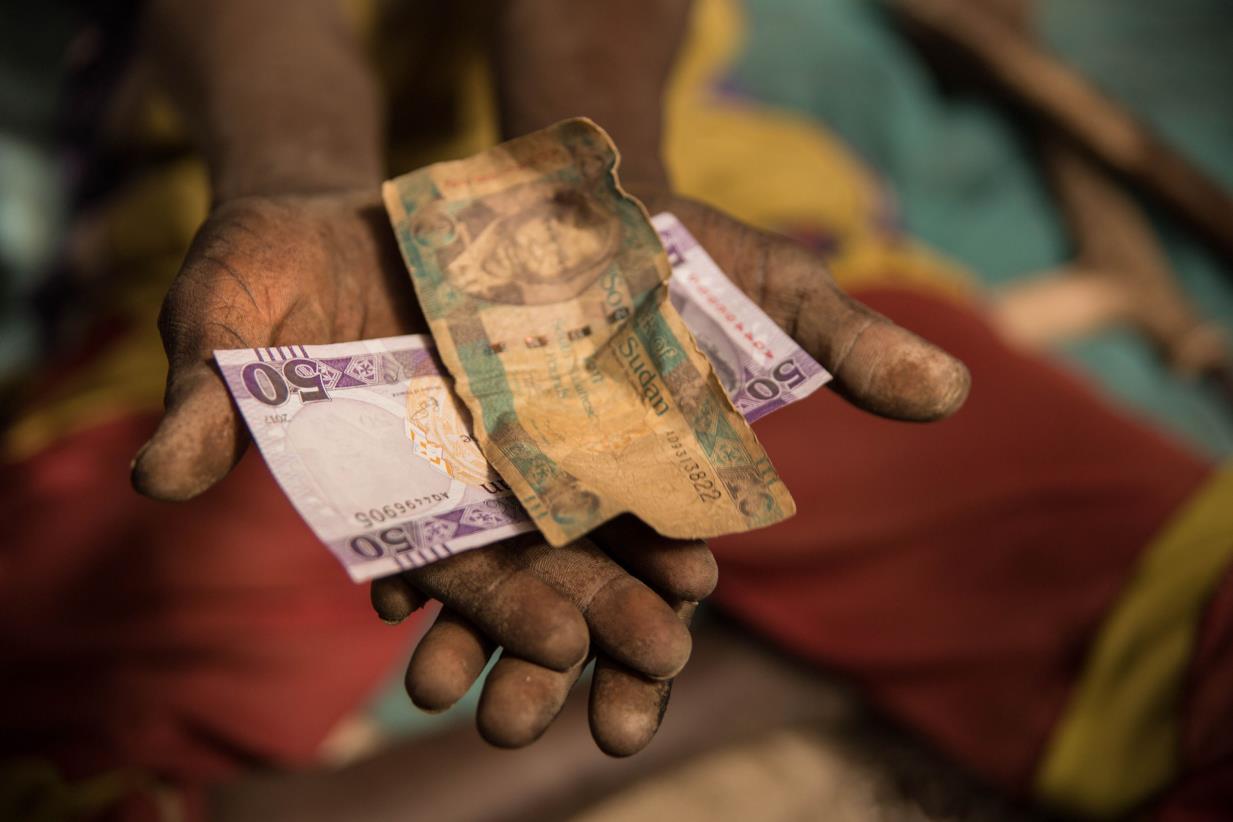Urgent resolve, global coordination to avoid a food availability and access crisis

FAO Chief Economist, Máximo Torero, presented today on the prospects of global food security at a high-level event on coordinating responses to the global food crisis, convened by the President of the UN General Assembly and the Committee on World Food Security.
Convened by the 76th President of the UN General Assembly (UNGA), Abdulla Shahid, today’s Special High-level Event on Food Security, entitled ‘Time to Act Together: Coordinating Policy Responses to the Global Food Crisis,’ afforded a platform to discuss on strategies and policy options in response to the increasingly interconnected drivers of hunger, including recent skyrocketing food and agricultural input prices.
Kicking off a context-setting session, the FAO Chief Economist spoke on the state and prospects of the global food crisis, especially on the heels of the evolution of food commodity prices and the latest chronic hunger and food insecurity findings presented during the launch of the 2022 edition of ‘The State of Food Security and Nutrition in the World’ report.
From the still-present effects of the COVID-19 pandemic, and economic slowdowns and downturns, to the increasingly recurrent climate extremes and the impacts of conflict and war, Torero touched on the threats to global food security as multi-faceted and closely interwoven among them.
Further accentuated by underlying poverty and deeply rooted inequalities, Torero added, this combination of factors is having direct effects in the affordability of healthy diets for billions worldwide.
Unrelenting rise in hunger, food insecurity and food import bills
Against a backdrop of as many as 828 million people going chronically hungry in 2021 – an increase of 150 million more hungry people since the outset of the COVID-19 pandemic – and 3.1 billion unable to afford healthy diets, it is more vital than ever to rethink and transform our agrifood systems in a direction that repurposes agricultural support and investments and supports the most vulnerable countries thorugh a variety of mechanisms and policy shifts.
Of concern is the global food import bill, projected to rise by $51 billion from 2021 levels, of which $49 billion reflects higher prices.
If we only look to the 62 most vulnerable countries in terms of balance of payments, Torero explained, the food import bill has increased by $24.6 billion”, he said.
Essentially, the world’s most vulnerable are paying more for less food. These prices spikes and volatility, together with climate variability and other factors, is the latest clarion call for building long-term resilience across the food and agriculture sectors, especially from a perspective of supporting rural and agricultural livelihoods.
“The major outcome of these high prices in an increase in the food import bills of countries,” Torero said.
FAO is therefore proposing a Food Import Financing Facility to provide balance-of-payment support to the low-income countries most reliant on food imports as a strategy to safeguard their food security.
Following the Chief Economist’s presentation, ensuing discussions called for assessing food crises – and coordinating responses to them – through a long-term resilience lens, committed to rethinking and refashioning the support to livelihoods in, and ahead of, an escalation in the number of global hungry and food insecure.
Building resilience: rethinking the market structure of commodity markets
Fostering more resilient agrifood systems also depends on diversifying the supply of goods and inputs that are vital to countries’ food needs. Low-income countries and lower middle-income countries show comparatively inferior levels of diversity and of resilience in their food procurement practices, with some upper middle-income countries also showing insufficient resilience in how they meet their food needs.
Yet, the current concentration of suppliers of vital commodity exports in the world is also reason for reflection. Some Member States agreed that this is especially the case on the heels of a continuing war in Ukraine, which has increased prices but also accentuated market volatility.
Speaking to this, Torero touched on the fact that there are only a few major cereal-exporting countries, pointing out that five of them control the biggest share of global exports.
“When something happens to one of these countries, this automatically ends in spikes in prices and in terms of significant volatility,” he said. Especially in terms of cereals, the Russian Federation and Ukraine account for over 30 percent of global exports, with this figure exceeding 50 percent for sunflower seeds.
Adding pressure to global food security efforts, Torero warned, is the rising trend in fertilizer prices. Increased fertilizer prices have also caused a significant decrease in the affordability of inputs among farmers.
“Input prices – in this case, fertilizers – are growing faster than the price of food. This means farmers cannot afford these inputs anymore, and this could put in effect a problem for next year,” Torero said.
If you add to the reduction of exports of cereals from Ukraine and Russian Federation in 2023, the potential of lower global yields because of the lower use of fertilizers, that could put us in a situation of a food availability problem in 2023, in addition to the food access problem,” he warned.
Today’s high-level event heard from representatives from civil society, the private sector, and the Committee on World Food Security (CFS) High-level Panel of Experts (HLPE), whose calls to action and policy prescriptions added to the Chief Economist’s calls to action from a perspective of the multidimensional cost-of-living crisis and from latest analyses from the UN Secretary-General’s Global Crisis Response Group on Food, Energy and Finance.
Quoting the latest figures from the SOFI 2022 report, the UN Deputy Secretary-General, Amina Mohammed, in her closing remarks called for UN system-wide efforts to work together with partners on priority actions to address the current food crisis.
Related links
- Watch the recording and revisit the presentation by the FAO Chief Economist.
- Access the latest findings and recommendations from the SOFI 2022 report here.
- Get the latest world commodity price trends as measured by the FAO Food Price Index here.
